Narati Scenic Spot
Narati Tourist Scenic Area, located in Xinyuan County, Xinjiang, is located in the hinterland of Tianshan Mountains, the eastern end of the Ili Valley, with a total planning area of 960 square kilometers. From south to north, the scenic spot consists of alpine grassland sightseeing area, Kazakh folk custom area and tourist living area.
Narati Scenic Area is the leading tourist attraction in Ili Prefecture. It is one of the famous scenic spots in Xinjiang. It has famous scenic spots such as summer pasture, Kizilaxia Falls and Wangtian Cave. April 13, 2018, was included in "Magic Northwest 100 Scenes".
Historical evolution
It was named National AAA Scenic Spot in 2001.
In early 2004, it was named as an autonomous region-level scenic spot.
In April 2005, Narati Grassland was awarded "the most populous grassland in Kazakhstan" by the Guinness World Headquarters in Shanghai.
In June 2005, the scenic spot passed the certification of ISO 9001 international quality system, ISO 14001 environmental management system and OSHMS 18001 occupational safety and health management system.
October 2005 was rated as one of the six most beautiful grasslands in China.
In January 2011, it was awarded National AAAAA Scenic Spot by the National Tourism Administration.
In April 2015, it was awarded the national eco-tourism demonstration zone.
April 13, 2018, was included in "Magic Northwest 100 Scenes".
Narati Scenic Spot is located in the hinterland of Tianshan Mountains, at the eastern end of the Ili Valley. Located between 85 degrees 17-28 east longitude and 43 degrees 01-15 North latitude, the total planned area is 960 square kilometers.
climate
Narati tourist attraction is a continental semi-arid climate, with an average altitude of 1800 meters, annual rainfall of about 880 millimeters, and annual average temperature of about 20 degrees Celsius.
natural resources
plant resources
Narati grassland is one of the four largest grasslands in the world. It is a subalpine meadow plant area with abundant vegetation and lush hilly meadow of Iris slender-stem group. Other associated species mainly include Perilla, Gentiana pseudogentiana, Carex, Agropyron crispus, Festuca arundinacea, Strawberry and Thyme. There are also Quercus aspergillus, belonging to the family Equisetae of Pteridoptera cuneata.
Animal resources
There are many kinds of animals in Narati Scenic Spot, such as snow chicken, pheasant (pheasant), otter, deer, lynx, fox, ferret, egret, red falcon, northern goat, snow leopard, wolf, golden eagle, woolly foot baleen, etc.
Main attractions
Summer pasture
Narati grassland is a grassland of Zhongshan area developed on the Paleo-diluvial stratum of the Third Period. It is connected with Narathian Ridge in the southeast, and is like a barrier. The Valley in the upper reaches of the Gongnais River in the northwest is broken down. The terrain is inclined in a large area, the mountains and springs are densely distributed, and the streams are vertical and horizontal. The deep gully at the foot of the edge of the mountain, the staggered rivers, the dense forests, the slow undulation of the wilderness, the pine tower along the gully pillar, as well as the carpet house dots, the movement of livestock clouds, is an important summer pasture in the Gongnais grassland.
Kizilaxia Falls
Kizilaxia Falls is located more than 10 miles east of Narati Tourist Area. The Duku Highway is winding through deep mountains and valleys. The waterfall is over ten meters high and several meters wide. Many trickles from the top of the mountain converge in the places of Qifeng, Xiaosong, weeds and fresh moss, pouring down.
Wang Tian cave
Wangtian Cave is located 4 kilometers north of Narati Tourist Spot. It is exposed in the cliff of Qifeng. Its entrance is tens of meters away from the ground. The stone leading to it from the foot of the mountain is like a ladder, suspended in mid-air. There is a rectangular boulder in the entrance of the cave.
Historical culture
During Genghis Han's Western Expedition, a Mongolian army marched from the depths of the Tianshan Mountains to Yili. It was spring, and the hungry and cold army crossed the mountains and saw the grasslands. At this time, clouds and sunrise, sunset as blood, people can not help shouting: "Narathi! Naratti!" (quasi-hormonal archaic, meaning a place with the sun, and later referred to as "the place where the sun first came to see"), Narathi got its name from this.
Nalati, translated as Nalat in the Qing Dynasty, was explained in Comrade Wenzhi of the Western Regions: "Nalatdaba, Uygur language: when the sun shines, the snow Chongshan is deep and the sun shines, hence the name." Narrat is the sun.
Cultural Activity
Mountain Flower Festival
In 2014, Narati held the Mountain Flower Festival for 8 days. There were 17 kinds of activities, including cross-country vehicle challenger, Kazakh folk competition (drinking horse milk, wrestling, polo, horse racing, catching sheep, girl chasing, etc.), Narati Scenic Area Motorcycle cross-country race, air grassland festival, Kazakh-Kazakh Food Exhibition on the tip of tongue, Kazakh folk fire party (with a view to) Kazakh people's bride-themed bonfire evening, the first ring Narati bicycle rally race in Xinjiang, dreaming back to childhood-ten thousand parent-child interaction race, dreaming back to the Han and Tang Dynasties-Princess Wusun's reception ceremony, the rock night of ten thousand people in Narati grassland, "accompany you to see the grassland" hiking competition, Narati photography exhibition, Narati scenic spot hand-held mobile phone photography contest, Narati scenic spot Meiwen Collection contest and so on.
Akan Aytes Cultural Tourism Festival
On July 24, 2014, the 60th anniversary of the founding of Ili Kazakh Autonomous Prefecture and the fifth Akan Aytes Cultural Tourism Festival of the prefecture were opened for three days. The cultural tourism festival will focus on Akan's duet singing. Meanwhile, it will hold food culture, felt house culture, milk tea culture, horseback culture exhibition and exhibition of goats, girls'pursuit, wrestling, abga, speed horse racing, horse racing and other performances as well as handicraft exhibitions.
Tourist guide
Opening Hours
8:30-20:00
Admission ticket
Peak season (June 1-September 30): 75.00 yuan (excluding interval buses) off season (April 1-May 31, October 1-November 30): 60.00 yuan (excluding interval buses) special travel season (December 1-March 31): 22.5 yuan (excluding interval buses)
Special food
Baked whole sheep, mutton braised cake, camel milk, butter tea, horse sausage, boiled wheat kernels, etc.
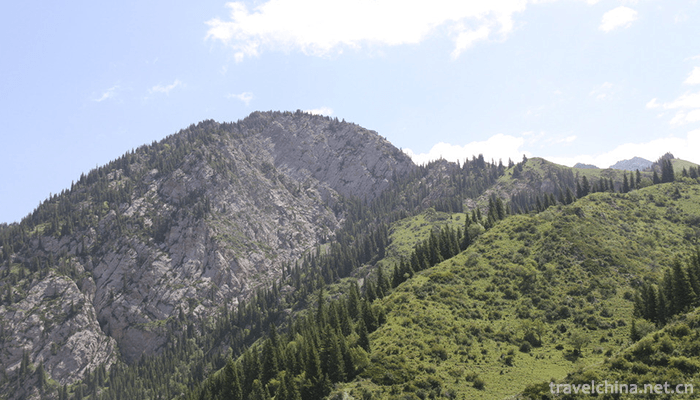
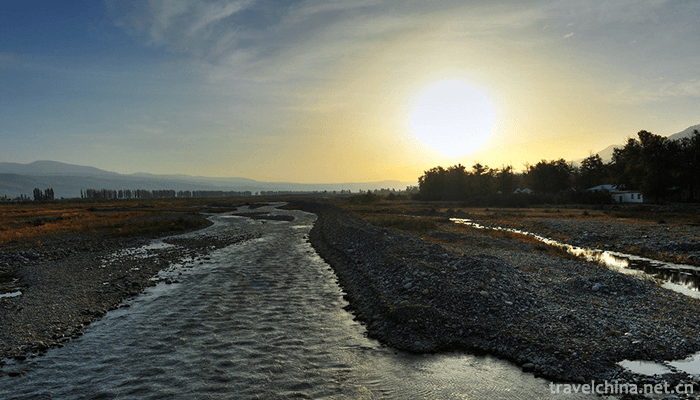
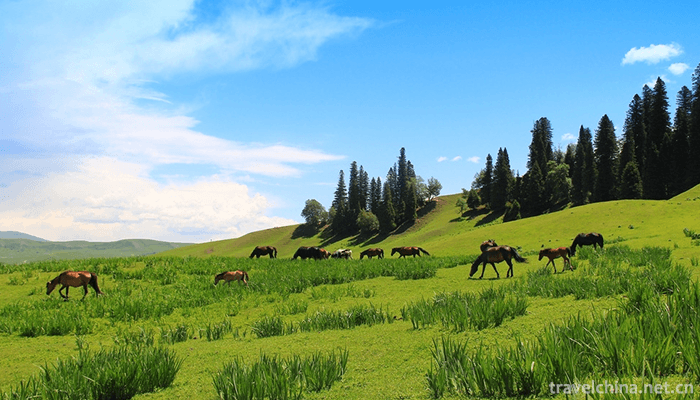
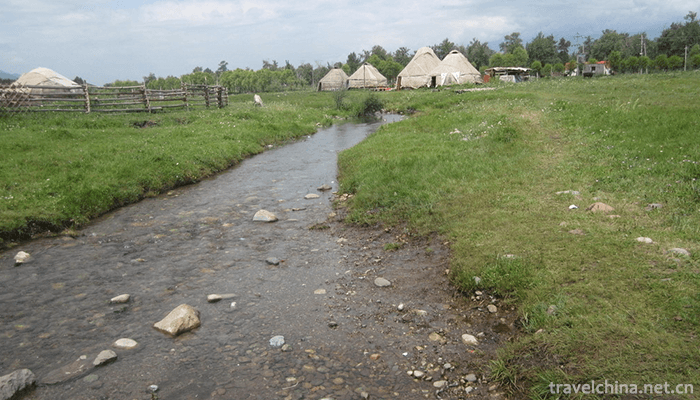
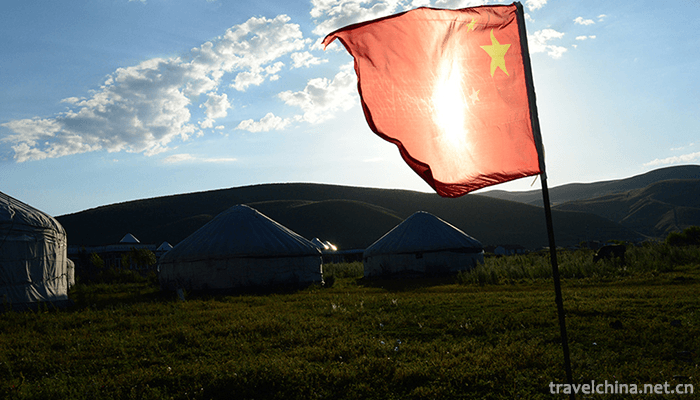
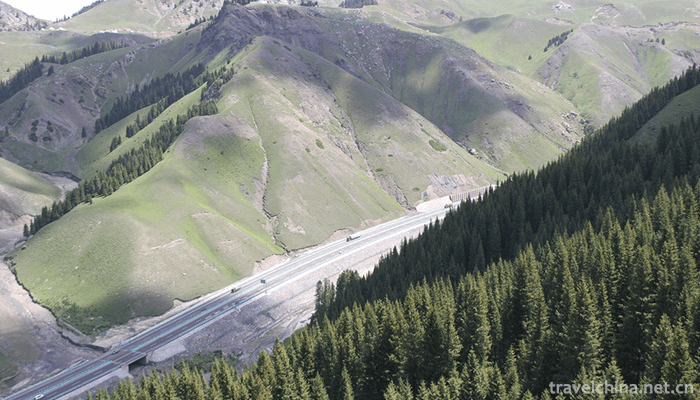
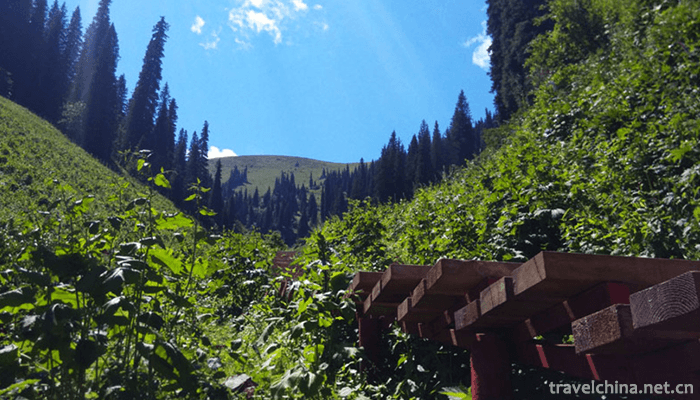
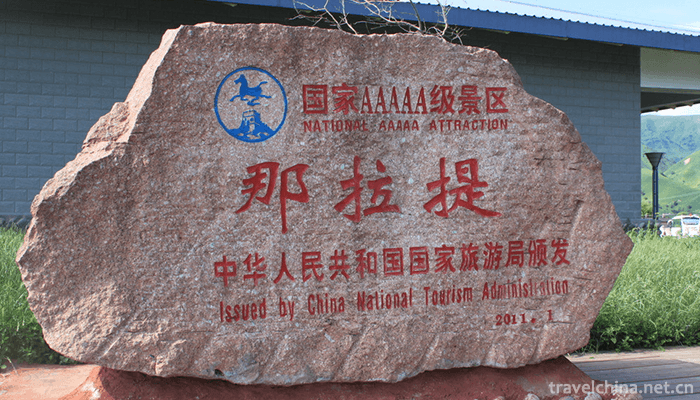
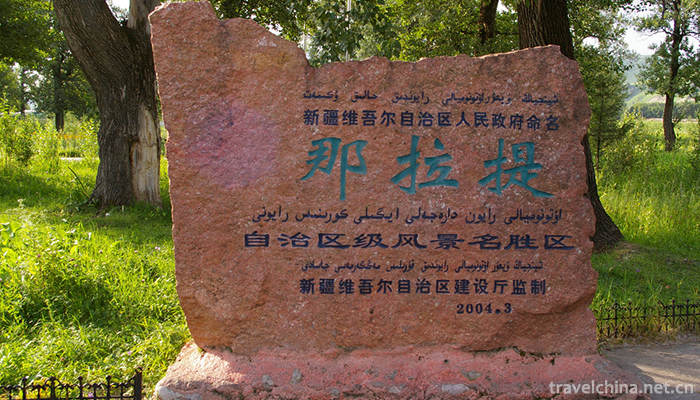
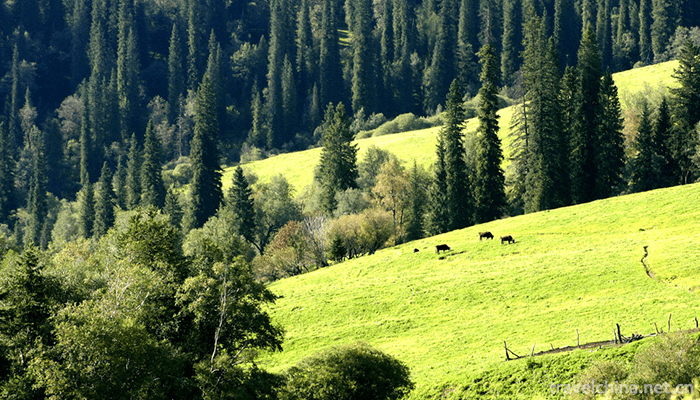
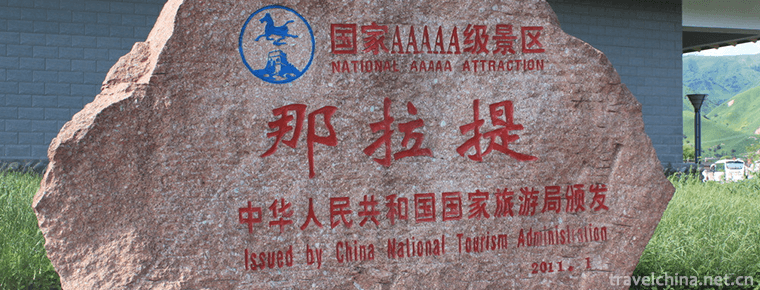
-
1.Yunpu Dongtian Tourist Area
Yimeng Yunpu Cave Tianshan Scenic Area is located in Feixian County, Shandong Province. There are five scenic spots: Tour Stone, Tianmeng Lake, Drunken Stone Forest
Time 2018-12-22 -
2.Miyuan Yunding Paradise
Miyuan Yunding Paradise Park is located in Chongli District, Zhangjiakou City, Hebei Province, 220 km from Beijing, only 50 minutes after the completion of the high-speed railway
Time 2019-02-07 -
3.The Great Wall Site of Qin Dynasty in Ningxia
The site of the Great Wall of King Zhao of Qin Dynasty was built in the twenty-fifth year of King Zhaoxiang of Qin Dynasty (272 BC). It was built to defend against the invasion of the Huns in the sout
Time 2019-02-07 -
4.Shandong Zhisheng Tangquan Tourist Resort
Shandong Zhisheng Tangquan Tourist Resort is located in Linyi City, Shandong Province. It is invested and constructed by Shandong Chenshi Home Estate Co., Ltd.
Time 2019-02-08 -
5.Shantou Fangte Happy World Blue Mercury Theme Park
Shantou Fangte Happy World Blue Mercury Theme Park is the first participatory high-tech theme park in eastern Guangdong with science fiction as its theme, integrating entertainment,
Time 2019-02-08 -
6.Turn over to the nine floor
The Ninth Floor, also known as the Ninth Floor, is a traditional folk activity popular in northeastern Fujian and southern Zhejiang. It is mostly used in rituals such
Time 2019-04-29 -
7.Kirgiz costumes
"Kirgiz" means the people who live on the cliffs. Another saying is that "Kirgiz" are forty girls. This statement is wrong. Most of the Kirgiz people live in Xinjiang's Kizilesu Au
Time 2019-05-09 -
8.Legend of Ronke Mountain
The legend of Mount Ronke is a local folklore spread in Quzhou, Zhejiang Province. Weiqi originated in China, and it is said that the root of Weiqi is Mount Ronke.
Time 2019-05-11 -
9.Dairy Products Production Techniques
Mongolian phonetic translation. Mongolian drinks. Also known as "white food", that is, dairy products. Milk, mare's milk, goat's milk, camel's milk, cream of milk skin, cheese, dried milk, s
Time 2019-06-07 -
10.Production Techniques of Tongshengxiang Beef and Mutton Bubble
Tongshengxiang steamed beef and mutton steamed bun was founded in 1920. It was named Tongshengxiang with the meaning of "prosperity and auspiciousness". Its steamed bread is made of meat of
Time 2019-06-21 -
11.Fobao ancient town
Fubao ancient town is an ancient town with a long history in Hejiang County, Sichuan Province, 42 km away from Hejiang County, Sichuan Province. It is a historical town, a famous cultural town, a tourism town, and an important business town in the junction of Sichuan, Guizhou and Chongqing. It was built in the late yuan and early Ming Dynasty, more than 600 years ago, it is named Fobao, and it is the gateway of national Fobao forest park.
Time 2020-10-16 -
12.Guangyuan natural resources
There are more than 4700 water conservancy projects in Guangyuan City, including 6 medium-sized reservoirs and 558 small reservoirs. There are 1.583 million mu of water area, 6.867 billion cubic meters of water resources and 1 billion cubic meters
Time 2020-12-15